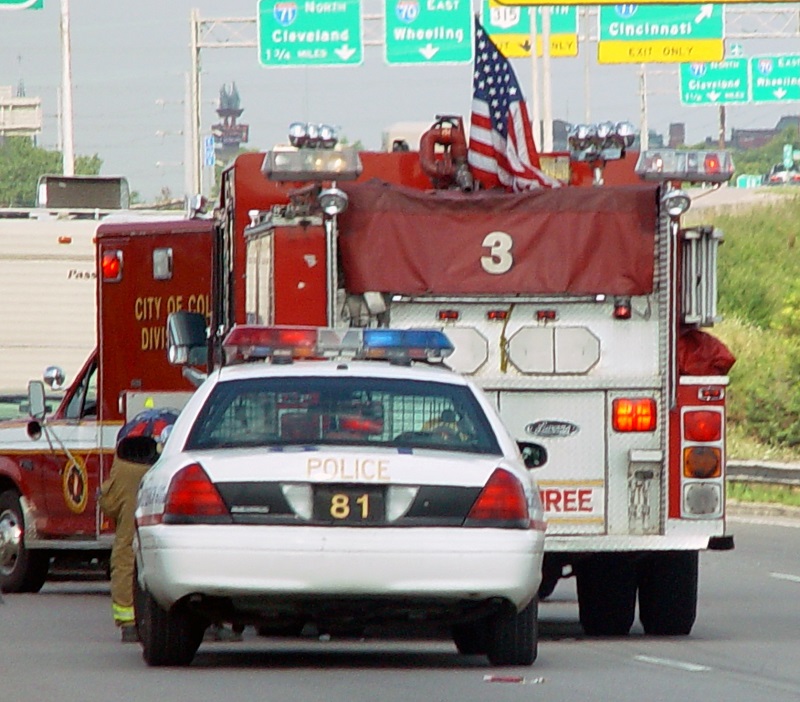Programme for reducing accidents travelling to, from and for work

What is an accident while commuting?
An accident while commuting is when a worker has an accident on the way to or from work. It has to fulfill the following requirements:
- That it happens on the way to or from work between the worker's home and the work centre.
- That this journey is made exclusively for going to or from work.
- That the worker takes the usual route and a conventional means of transport suited to the distance.
- That the time is reasonable, close to the time for starting or leaving work.
What is an accident while travelling for work?
An accident while travelling for work is an accident that a worker suffers on a journey that s/he has to make in order to carry out their work as well as accidents that occur when carrying out work during the workday.
It is usual in workers that have to travel often for their work during their workday (sales or work meetings, services in other companies, etc.)
Causes of the accident rate
The mode of transport
For example: car, moped, bicycle, public bus or company coach, skates, walking, etc.
The accident frequency rate (accidents/million km covered) varies greatly, depending on the means of transport chosen. The safest one is public transport and specifically the bus; the next safest is the car; the least safe are the bicycle and the moped.
Frequency of journeys
There are workers who, depending on their type of work, need to make one, two or several journeys in a day: going to and from work in general, travelling for lunch, routes, etc.
Duration and distance of the journey
Another factor that influences the probability of suffering a work-related accident while commuting is the length of time that a worker needs to travel from their home to work and the characteristics of this journey. Depending on the location of the points of departure and destination, the risks are quantitatively and qualitatively different.
Environmental conditions
For example: rain, snow, ice, fog, wind, etc.
It can be considered that adverse weather conditions negatively affect driving and they increase the number of accidents.
In this regard, a significant fact is that, in accordance with the Directorate General of Traffic, 10% of people injured and killed in road accidents is due to adverse weather conditions.
Type and state of the road
For example: motorway, dual carriageway, road, ring road, etc.
In addition to the type of road that the worker has to drive on when travelling between home and work, it is necessary to take into account the accessibility to the work centres or the urban planning around the site. In this case, workers could receive information on the different route possibilities available for travelling to their work centre.
A flexible, coherent, professional action plan
The action plan is structured into different phases to maximise its effectiveness and return:
- Previous analysis of the accident rate
Our prevention technician elaborates a report of accident rate in which analyses the volume and type of work-related accidents and occupational diseases. - Visit to the company
a meeting Is arranged with the interlocutor of the company to explain him the initial diagnosis and the proposal of collaboration for the reduction of the accident rate. - Dotted diagnosis critics and elaboration of the action plan
Our prevention technician analyses in depth reasons and factors that they influence in the accident rate, elaborates a diagnosis and it proposes an action plan that covers a period out of 12 and 24 months.
The plan for reducing traffic accidents includes defining targets, selecting measures to be introduced, planning activities and a promotion and awareness strategy.
The contents of this programme can include actions such as:
- Elaboration and application of a plan of mobility
- Awareness campaigns on: road safety, mobility
- Contributes of back-up materials to the sensitisation: posters, handbooks, brochures
- Activities to be developed by the company
All the activities mentioned in the Act of risk prevention at work as a business responsibility are developed by the company via the organisational type of risk prevention at work that this has adopted. - Starting up of the programme
stock and follow-up Development in periodic meetings. - Permanent
advice Our adviser prevention technician at all times to the people responsible for the company on any aspect of the plan and of evolution of the accident rate.
